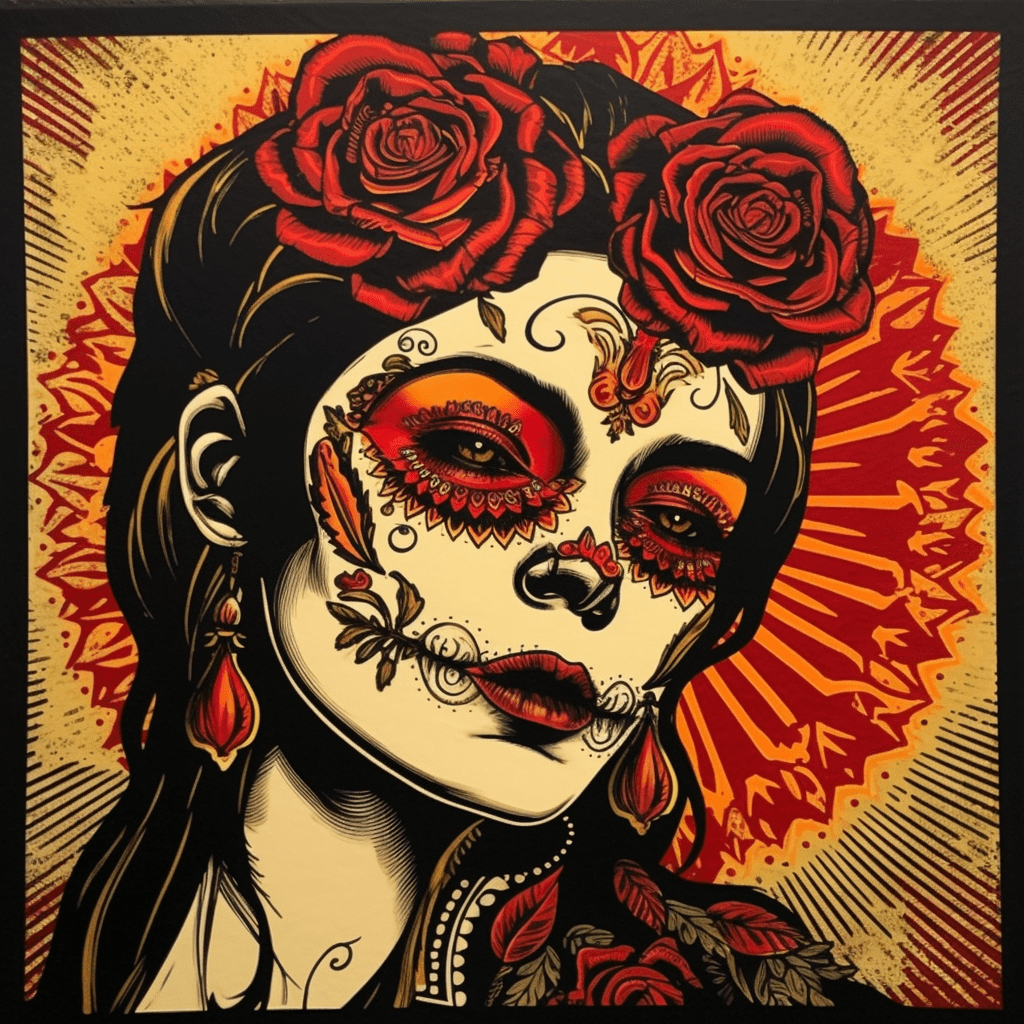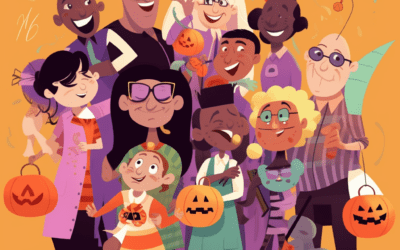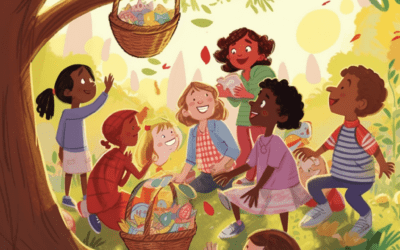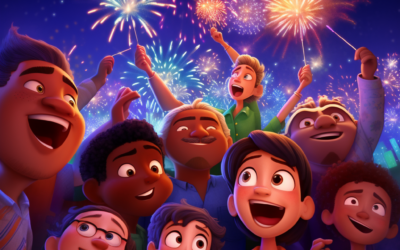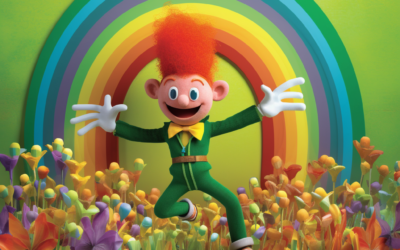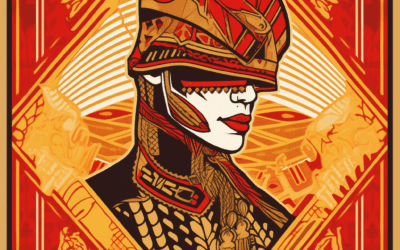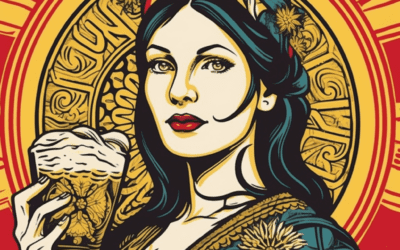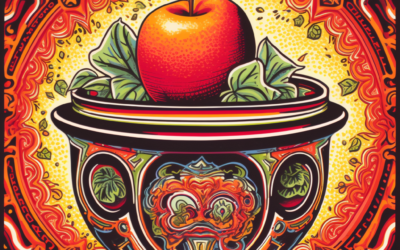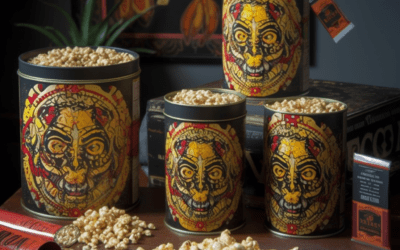Halloween’s Connection to the Day of the Dead
Halloween’s connection to the Day of the Dead is an intriguing topic to explore. While Halloween and the Day of the Dead have different origins and cultural contexts, they share some interesting connections. Let’s dive into how these two celebrations intertwine.
Halloween
Halloween, traditionally celebrated on October 31st, is a holiday widely observed in many countries, especially the United States. It originated from ancient Celtic festivals and has evolved over time to become a festive occasion filled with costume parties, trick-or-treating, and spooky decorations.
The Day of the Dead
The Day of the Dead, or “Día de los Muertos” in Spanish, is a Mexican holiday that takes place on November 1st and 2nd. It is a time for families to honor and remember their departed loved ones. This celebration is deeply rooted in indigenous cultures and combines pre-Hispanic beliefs with Catholic traditions.
The Similarities
Although Halloween and the Day of the Dead have distinct histories, they both involve remembering and honoring the deceased. During Halloween, people often remember loved ones who have passed away by dressing up in costumes representing ghosts, skeletons, and other spooky creatures. Similarly, during the Day of the Dead, families create altars adorned with photographs, favorite foods, and mementos of their departed relatives.
Themes of Death and Spirituality
Both Halloween and the Day of the Dead incorporate themes of death and the spiritual realm. While Halloween has a playful and lighthearted approach to the afterlife, the Day of the Dead is a more solemn and reflective occasion. Both celebrations acknowledge the cycle of life and death and provide opportunities for spiritual contemplation.
Costumes and Make-Up
A visual similarity between Halloween and the Day of the Dead is the use of costumes and make-up. During Halloween, people dress up in various costumes, including witches, vampires, and superheroes. On the other hand, the Day of the Dead sees individuals painting their faces to resemble colorful skulls, known as “calacas” or “calaveras.” These intricate designs symbolize the belief in embracing death as a natural part of life.
Shared Symbols
Halloween and the Day of the Dead also share some symbolisms. Both celebrations often feature images of skeletons and skulls. However, while Halloween skeletons are portrayed as scary and spooky, the Day of the Dead skeletons, known as “sugar skulls,” are brightly decorated and represent the joyful remembrance of departed loved ones.
A Cultural Blend
Due to geographic proximity and cultural exchange, the traditions of Halloween and the Day of the Dead have occasionally fused together, particularly in regions with significant Mexican populations. In some communities, the festivities may merge, incorporating elements of both celebrations. This blending demonstrates how diverse cultural practices can intersect and enrich each other.
Conclusion
In conclusion, Halloween and the Day of the Dead differ in their origins and cultural contexts, yet they share fascinating connections. Both celebrations embrace the theme of death and remembrance, use costumes and make-up as a form of expression, and feature visual elements such as skeletons and skulls. While each occasion has its unique significance, studying their connection highlights the beauty of diverse cultural traditions and the ways in which they can intertwine.

